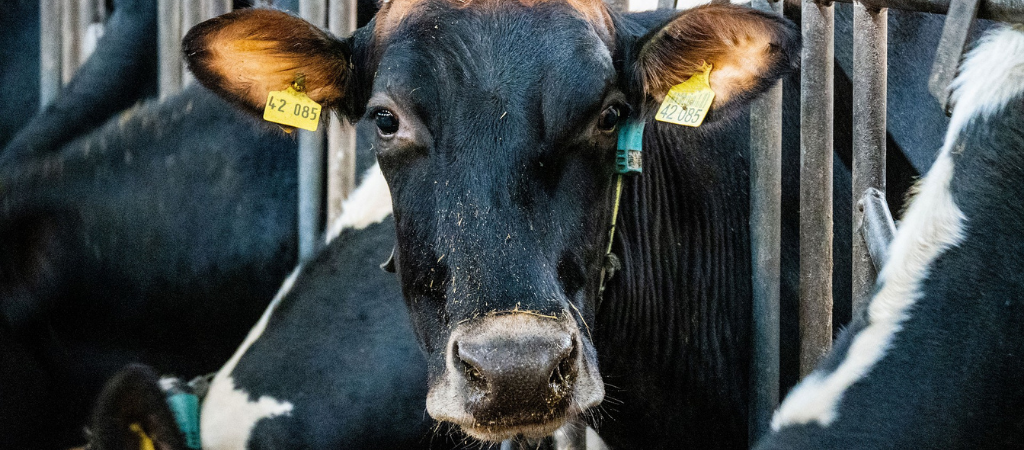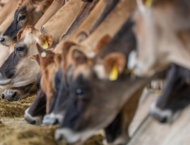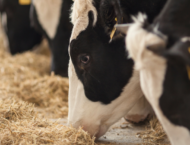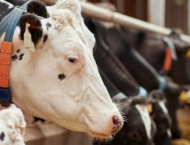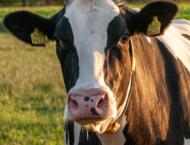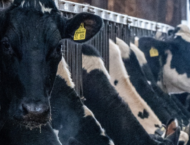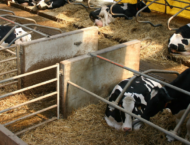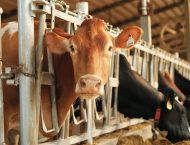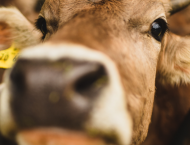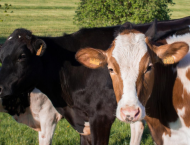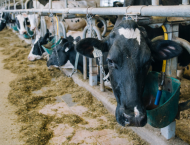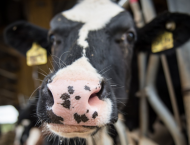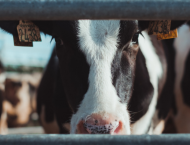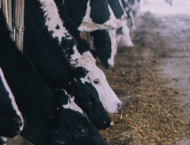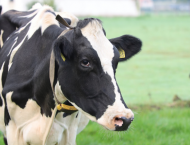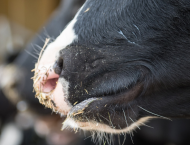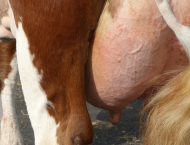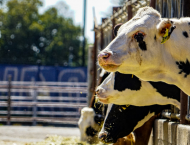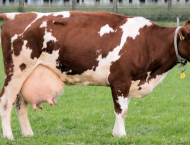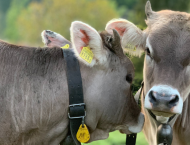The repeat breeding syndrome1 is one of the most critical disorders in dairy cattle. Due to its multifactorial nature, it requires both good management and the right approach for its resolution. Repeat breeders rather suffer from reduced fertility than sterility.
In the last decades, fertility in dairy cattle has suffered a decline. Reproductive deficiency in dairy cows leads to increased involuntary culling. The consequences on profitability can be significant: thus, as repeat breeders represent both management and economic issues, implementing reproductive strategies is fundamental.
On farms, the presence of 3-5% of repeat breeders in the herd can be considered not critical. Higher numbers of repeat breeders should push the dairy farmer to a general revision of fertility management. Lower percentages should likewise raise concerns, as they indicate that the herd is not at its optimum productive potential.
There are several reasons increasing the chances for a cow to become a repeat breeder. Poor management is one of these reasons, in particular:
- improper estrus detection;
- inadequate timing of insemination or inseminating cows not in estrus;
- not strictly following resynchronization protocols;
- inadequate semen storage, handling and application;
- improper environmental management and cow comfort;
- poor nutrition management across the different stages of lactation and in the transition period;
- infertile herd sires and bulls in case of natural service;
- occurrence of health issues (mastitis, lameness, etc.).
In case of lacking management, there will be an intensive work to do to improve the conditions on farms2.
Problems related to the reproductive tract can increase the chance of repeat breeding in cows. In particular, attention should be paid to:
- infections (of the uterus – metritis, endometritis, cervical and vaginal infections, other diseases caused by bacteria, viruses, and protozoa);
- endocrine and ovulation impairments;
- anatomical defects of the reproductive tract;
- poor oocyte quality;
- early embryonic or fetal death.
When the cause of repeat breeding is poor fertility, reproductive management tools are useful. For instance, the transfer of embryos into lactating dairy cattle has shown to be beneficial for fertility improvement. However, it represents an expensive and labor-intensive approach economically justifiable only on certain dairy farms.
Along with good herd management, innovative and no-withdrawal tools can be suitable for decreasing the number of repeat breeders in dairy herds.
OZOLEA has developed OZOLEA-METR, an intra-uterine veterinary device to be used in case of minor uterine issues.
The use of OZOLEA-METR in repeat breeder cows represent a valuable approach to improve fertility and boost productivity. OZOLEA-METR must be applied 24 hours after insemination, when the embryo is forming in the tubes but before it descends towards the uterus for implantation.
OZOLEA-METR supports tissue functionality by creating a film barrier in contact with the inner wall of the uterus: this physical barrier is able to temporary attenuate the causes of bacterial proliferation and metritis occurrence.
1 Acting on repeat breeder cows to increase herd productivity.
https://www.ozolea.it/acting-on-repeat-breeder-cows-to-increase-herd-productivity/
2 The fundamental steps towards reproductive efficiency.
https://www.ozolea.it/the-fundamental-steps-towards-reproductive-efficiency/
Cover image: Ph. lhannemann. Image available here.

